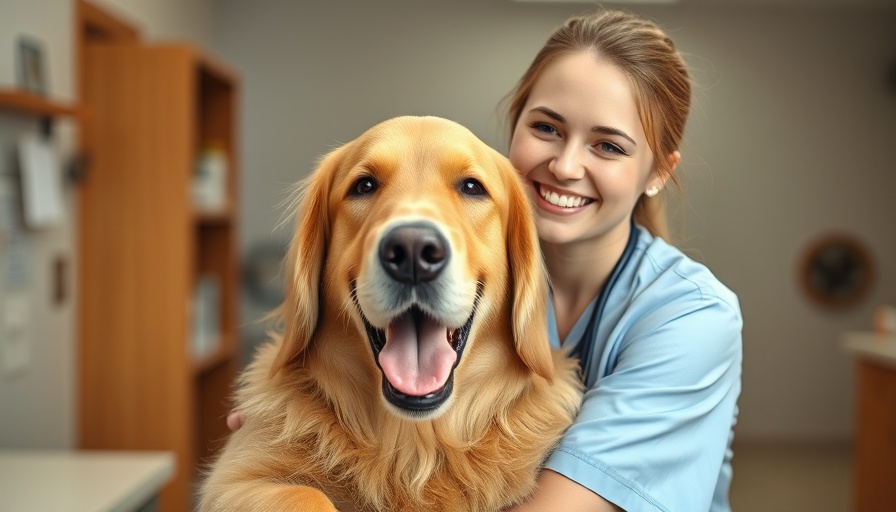
Discovering the Hidden Insights of Your Dog’s Health
As a devoted pet owner, the well-being of our furry companions often tops our list of priorities. In the quest for optimal health, many of us turn to routine blood tests to diagnose underlying issues. However, these tests often represent just a fleeting snapshot of your dog's current state, leaving many questions unanswered. Here’s where Hair Tissue Mineral Analysis (HTMA) testing shines—promising deep insights into your dog’s well-being that conventional diagnostics might overlook.
What Is Hair Tissue Mineral Analysis (HTMA)? A Closer Look
HTMA is a non-invasive diagnostic tool that analyzes a small sample of your dog's hair to assess mineral levels and detect toxic accumulations. Unlike blood tests, which can give misleading impressions based on momentary fluctuations, HTMA tracks long-term mineral accumulation over time, revealing potential deficiencies and excesses as well as underlying health challenges.
Going Beyond Blood: The Complementary Power of HTMA
While blood tests are essential for diagnosing immediate health concerns—such as electrolyte balance—HTMA adds another dimension to your understanding. Combining both HTMA and blood panels enables pet owners and veterinarians to paint a holistic picture of health, one that considers both immediate and long-term nutritional status. This collaborative approach ensures a more precise diagnosis and personalized care plan, bridging the gaps that blood work may miss.
Unveiling 6 Remarkable Benefits of HTMA for Your Canine Family Member
1. Chronic Health Insights: Tracking Trends Over Time - HTMA continuously tracks how your dog’s body responds to dietary changes and environmental factors, uncovering trends that a routine blood test might miss.
2. Noninvasive Testing: A Stress-Free Option for Your Dog - Forget the anxiety of needle pokes! HTMA only requires a simple hair sample, collected either at home or with a vet—making it less stressful for both you and your dog.
3. Mineral Imbalances: A Deeper Look Beyond Blood Panels - HTMA excels at identifying imbalances in essential trace minerals. With its detailed analysis, you can modify your dog’s diet and supplements to significantly improve their health.
4. Detecting Toxins and Heavy Metals - Over time, toxins such as mercury and lead can accumulate in your dog’s body. HTMA can highlight such toxic build-up, allowing for proactive measures rather than reactive ones.
5. Early Detection of Potential Health Issues - Nutritional imbalances can silently magnify into significant health problems. HTMA helps catch these early warning signs, equipping you to significantly boost your dog’s quality of life.
6. Ongoing Progress Monitoring - HTMA serves as a progressive tool, enabling you to observe how adjustments in care impact your dog’s health over time, unlike blood tests that only depict a single moment.
A Personalized Path to Health
Utilizing HTMA testing can pave the way for enhanced health journeys for your beloved pets. By understanding what your dog needs at a nutritional level, you can effectively tailor their diet with quality foods, like Volhard's natural NDF2, that address specific mineral deficiencies. Pairing these with targeted supplements, such as Krill oil for heart health and other essential nutrients, can unlock a vibrant lifestyle filled with energy and longevity.
Embrace the Change
By investing in HTMA testing, you're not just uncovering data; you're gaining insights that can lead to a healthier, happier life for your dog. This proactive approach enables you to ensure you're not just meeting your dog’s current needs, but also anticipating future ones, keeping them at their best.
If you’re seeking to elevate your dog’s nutrition, reach out to Volhard’s expert canine nutrition coaches for tailored advice and to discover how HTMA testing can transform your pet’s health journey.
 Add Row
Add Row  Add
Add 




Write A Comment